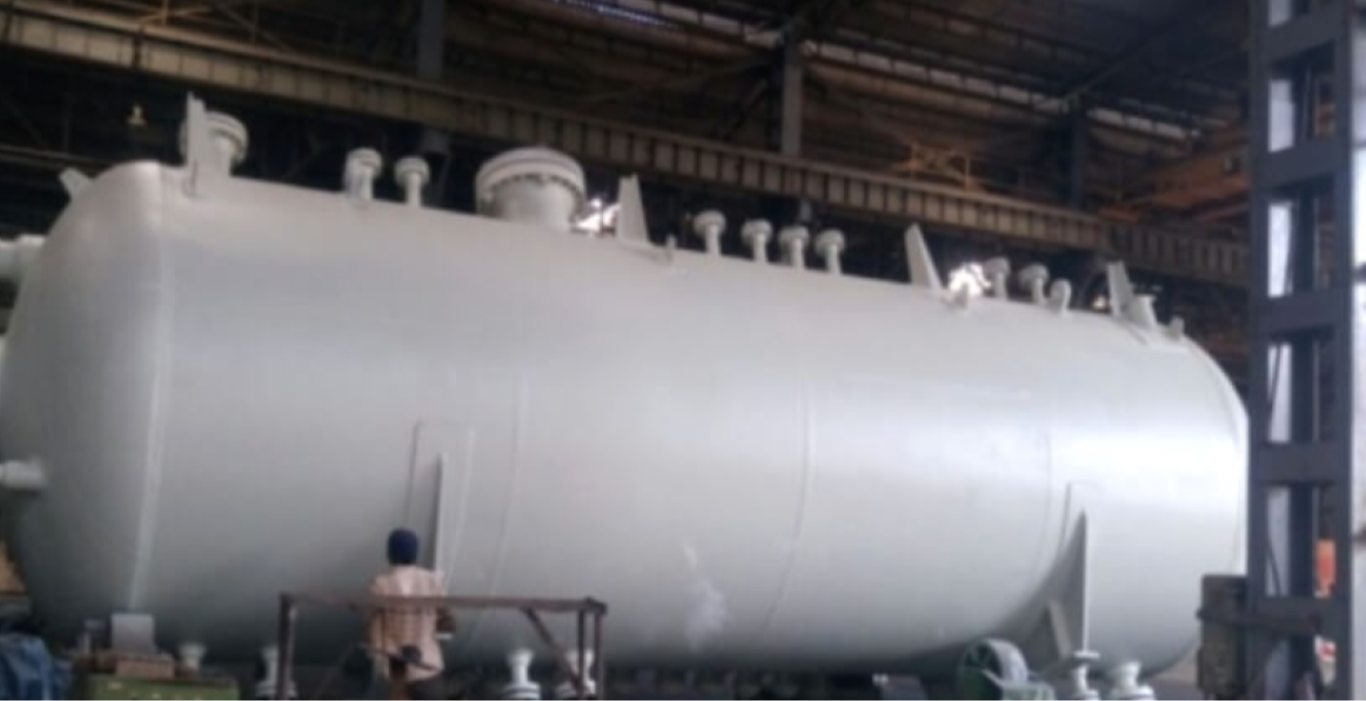Horizontal tank inspection
The inspection of horizontal tanks is a critical aspect of ensuring safety and compliance in industries where fluids are stored or processed. These tanks play an essential role in various sectors, including petrochemicals, pharmaceuticals, food processing, and water treatment. Proper inspection ensures that these vessels meet the necessary standards for structural integrity, operational efficiency, and safety. This service involves a comprehensive examination of horizontal storage tanks to identify any potential flaws or defects that could lead to leaks, spills, or other hazards.
The process typically begins with a thorough review of the tank's design specifications and historical records to understand its unique characteristics and past maintenance history. This information is crucial for tailoring the inspection approach to address specific risks associated with the tank’s environment and operational conditions. Next, non-destructive testing (NDT) methods such as ultrasonic testing, radiography, magnetic particle inspection, and visual examination are employed to assess the integrity of the tank's walls, joints, and other critical areas.
During the inspection, we adhere strictly to international standards such as ISO 17645:2018 for pressure vessel inspections. These guidelines ensure that the process is consistent with best practices worldwide. For horizontal tanks specifically, the American Society of Mechanical Engineers (ASME) code provides detailed specifications that we rigorously follow. This includes ensuring that all joints and welds meet the required criteria outlined in ASME Section VIII Division 1 and 2.
The inspection also involves evaluating the tank's internal components such as baffles, agitators, and internals for signs of erosion, corrosion, or other damages. External inspections focus on any external damage that could affect the structural integrity of the vessel. This might include cracks, dents, or areas where coatings have been compromised.
Our team uses advanced technology to conduct these inspections, ensuring accuracy and reliability. The data collected during the inspection is meticulously analyzed to produce a detailed report that outlines all findings along with recommendations for repairs or further monitoring. Compliance with regulatory requirements such as OSHA (Occupational Safety and Health Administration) and local standards ensures that our clients are in full adherence with legal obligations.
By providing this service, we help organizations maintain the highest level of safety and compliance in their operations. Our expertise in horizontal tank inspection allows us to offer a comprehensive solution that covers all aspects of vessel integrity assessment, from initial review through final reporting.
Benefits
- Enhanced Safety: Identifies and mitigates potential hazards before they lead to accidents or spills.
- Compliance Assurance: Ensures adherence to regulatory standards and industry best practices.
- Cost Efficiency: Prevents costly downtime by identifying issues early on.
- Extended Lifespan: Regular inspections help extend the useful life of storage tanks, reducing replacement costs.
Industry Applications
| Industry Sector | Key Applications |
|---|---|
| Petrochemicals | Inspecting storage tanks for crude oil and refined products. |
| Pharmaceuticals | Evaluating tanks used in drug manufacturing processes. |
| Food Processing | Auditing tanks that store liquid ingredients or finished products. |
| Water Treatment | Assessing tanks for wastewater and treated water storage. |
Use Cases and Application Examples
- New Construction: Inspecting newly installed horizontal tanks to ensure they meet design specifications before commissioning.
- Regular Maintenance: Conducting periodic inspections to monitor the condition of existing tanks over time.
- Post-accident: Performing detailed inspections after an incident has occurred, such as a leak or spill.
- Prior to Relocation: Assuring that a tank can be safely moved without compromising its integrity.
- In-service Inspection: Monitoring the structural health of tanks in operation for continuous safety assurance.
- Repairs and Retrofits: Assessing the need for repairs or modifications to extend the life of a tank.





